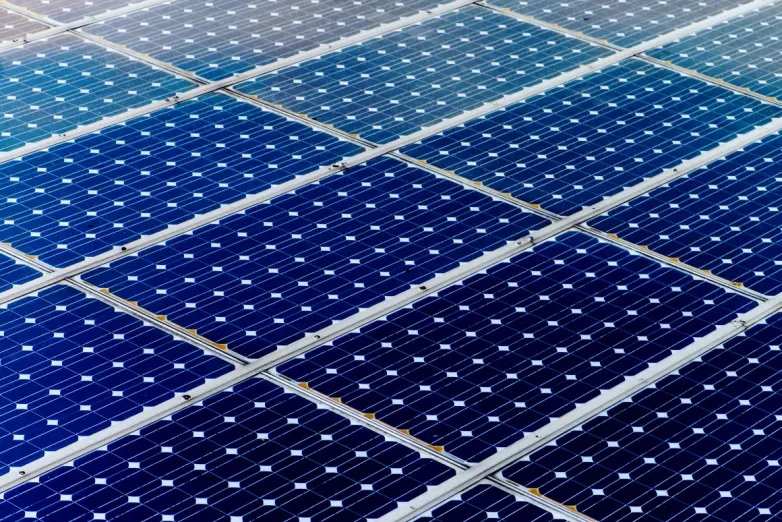Nano-sizing solar panel scrap could create next-gen battery anodes
Oct 29, 2019 10:29 AM ET

The uptake of solar power around the world is certainly a good thing for the planet, but that doesn’t mean it is without environmental consequence either. Some solar panel components are more easily recycled than others, and scientists in Australia may have just figured out how to repurpose one of the trickiest and most valuable: the silicon that serves as its semiconductor.
A solar panel might last 15 to 25 years, according to the team behind the new research, and while the majority of it is glass, metal and plastic, the silicon inside isn’t so easy to extract and re-use. The amount of silicon used for each panel is small, but experts predict we’ll generate five million tonnes of total solar panel waste by 2050, so the pursuit of an all-encompassing recycling strategy is a very worthwhile one.
As the material responsible for turning the Sun’s power into electrons, silicon performs a critical role within a solar panel, and its value might not end there. Material scientists at Australia’s Deakin University say they have come up with a way of not just extracting it for re-use, but have also demonstrated its potential as a high-energy battery anode.
“Various research groups around the globe have taken some initiatives to recover elements and parts from the discarded photovoltaic (PV) panels through the development of recycling processes,” team member Dr Mokhlesur Rahman explains to New Atlas. “Even though many elements have been recovered, no research or industry work is being conducted to recover silicon from discarded PV cells and convert it to nano-silicon for the subsequent application in battery technology.”
Rahman and his research partner Professor Ying Chen have come up with a technique that makes use of the electron-shifting abilities of the discarded silicon and gives it a new lease on life. In essence, the scientists’ technology revolves around reducing the silicon to a nanoscale material to suit lithium-ion batteries. This process seems to give the material an irregular shape, but as Rahman explains, this could actually be a good thing.
“It is speculated that the obtained nano silicon might be non-uniform in size and shape, due to morphological and structural defects that occur while recovering them through various steps,” he tells us. “This type of nano-silicon could provide extra benefit over commercial nano-silicon. Because silicon nanoparticles with non-uniform shape and size means more free space inside with additional porosity to facilitate electrolyte transport, it could better accommodate volume expansion and contraction during cycling.”
The researchers say their nano-sized silicon has the ability to store about 10 times the energy within the same space as regular silicon, though the possibility of it leading to better performing batteries remains theoretical at this stage. Their preliminary investigations, however, indicate the recycled silicon at least functions in the same way as commercial silicon. If nothing else, it could at least offer battery-makers a new source of the material, which currently costs around AUD$44,000 per kg (US$30,000 per 2.2 lb).
"It's the holy-grail of repurposing – to take a product that would otherwise be waste, recycle it, and in the process make it even more valuable at the other end," says Chen.
Also read

